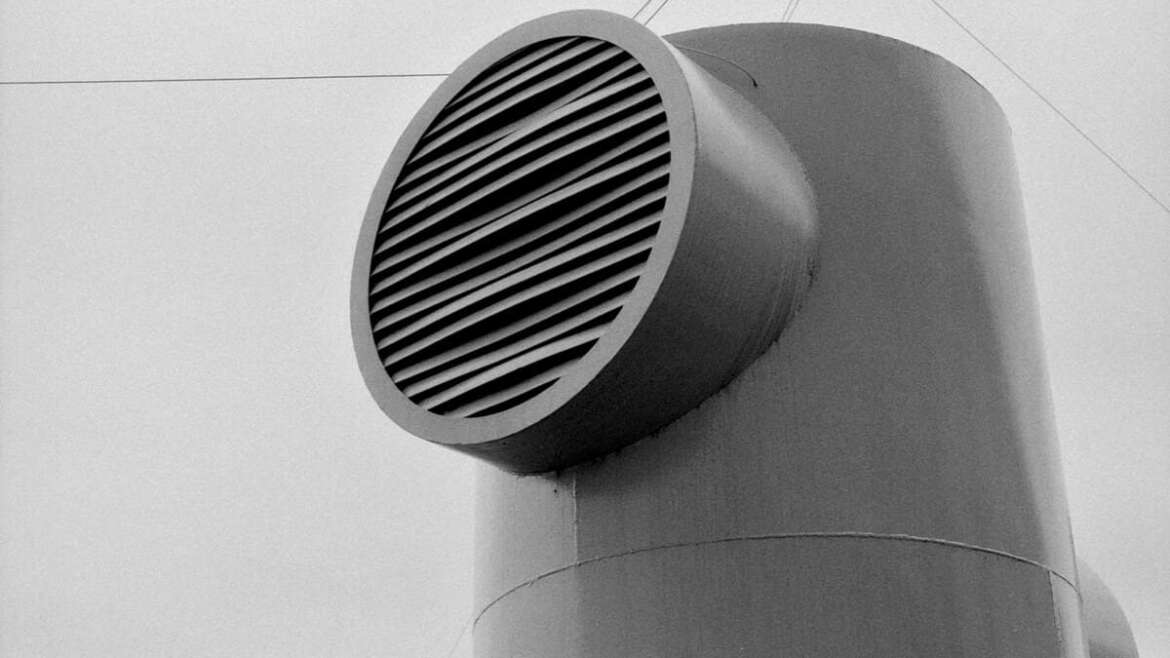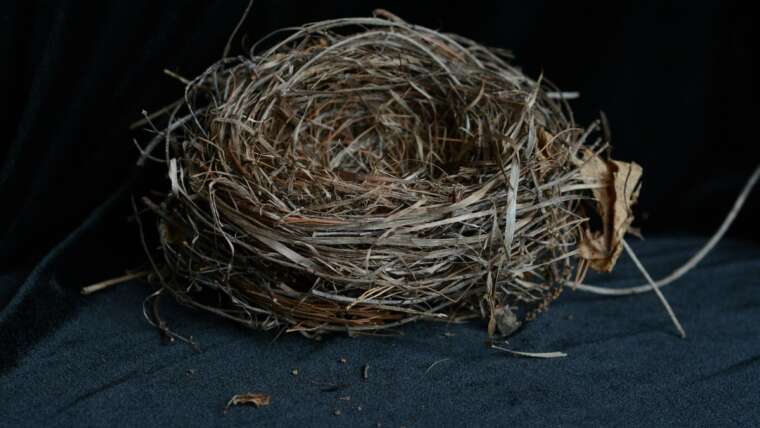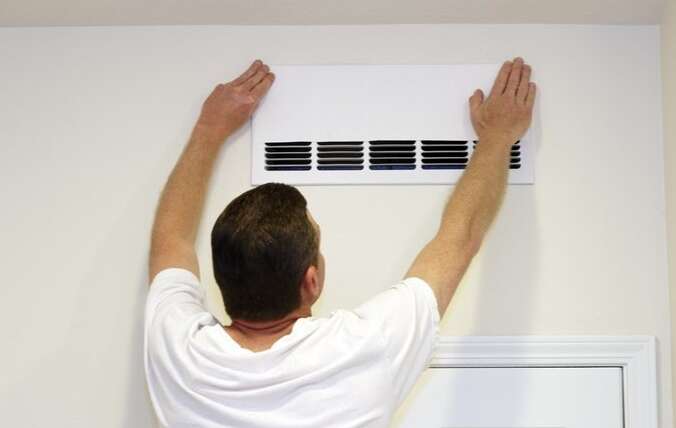Mold in air ducts is a serious problem that can impact the air quality in your home and lead to various health issues. Mold thrives in dark, damp environments, making your HVAC system a perfect breeding ground if it’s not properly maintained. But how do I know if I have mold in my air ducts? Here’s how you can identify mold growth and what to do about it.
Common Signs of Mold in an HVAC System
Detecting mold in your HVAC system early is crucial for maintaining good air quality and preventing health issues. Here’s a more detailed look at the common signs that mold might be present in your air ducts:
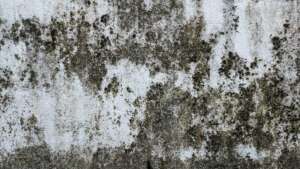 Musty Odor. One of the most recognizable signs of mold growth is a musty, earthy smell that fills your home or office when the HVAC system is running. Mold produces gasses called microbial volatile organic compounds (MVOCs), which create this distinct odor. If you notice this unpleasant smell, especially near your vents or when your air conditioner or heater is operating, it’s likely that mold is growing in your ducts or within other parts of the HVAC system.
Musty Odor. One of the most recognizable signs of mold growth is a musty, earthy smell that fills your home or office when the HVAC system is running. Mold produces gasses called microbial volatile organic compounds (MVOCs), which create this distinct odor. If you notice this unpleasant smell, especially near your vents or when your air conditioner or heater is operating, it’s likely that mold is growing in your ducts or within other parts of the HVAC system.- Visible Mold Growth. Mold can sometimes be visible, especially around vent covers or the air handler unit. Mold appears as dark spots, often black, green, or white, depending on the type of mold. To check for visible signs, you can remove the vent covers and use a flashlight to inspect the inside of the ducts. If you see any discoloration or mold patches, it’s an indicator that the system may have a serious mold issue. Knowing what color is mold in air ducts can help you spot it early—black and green are the most common shades, though mold can also appear in white or yellowish hues.
- Unexplained Health Symptoms. One of the most concerning signs of mold in your HVAC system is the impact on your health. Mold spores circulated by your ducts can cause or worsen symptoms like coughing, sneezing, eye irritation, and skin rashes. Mold in air ducts health problems often mimic allergy or cold symptoms, so if you or your family members experience these issues, particularly when the HVAC system is on, it’s a clear sign that mold may be present.
- Increased Humidity or Moisture. Mold thrives in environments with high moisture. If your home feels more humid than usual or if there’s visible moisture near your vents or HVAC system components, this could be an ideal environment for mold to grow. Leaky ductwork, clogged drains, or a malfunctioning air conditioning unit can lead to excess moisture, making your ducts more prone to mold infestations.
- Unexplained Dust or Debris. Excessive dust or debris coming from your vents is another red flag. Mold can grow on the dust and dirt that accumulates in your ducts, leading to further contamination. If you notice more dust than usual settling on surfaces in your home, particularly around the air vents, this could be a sign that mold is present. Regular air duct HVAC cleaning helps remove both dust and mold spores, improving air quality.
- Cold-like Symptoms that Worsen Indoors. If you or your family members develop cold-like symptoms such as sneezing, congestion, or runny noses that worsen when you’re indoors, this could indicate that mold is growing in the air ducts. These symptoms often get better when you leave the house, only to return when you come back, signaling poor indoor air quality due to mold contamination.
By recognizing these signs and knowing how to check air ducts for mold, you can take proactive steps to prevent further mold growth and safeguard the health of everyone in the building. Regular inspection and maintenance, along with professional cleaning, are the best ways to ensure your HVAC system remains mold-free.
Tips for Removing Mold in HVAC Systems
Once you suspect or confirm the presence of mold, it’s crucial to address the issue as quickly as possible to avoid further contamination and health risks. Here’s how to handle mold removal in your HVAC system:
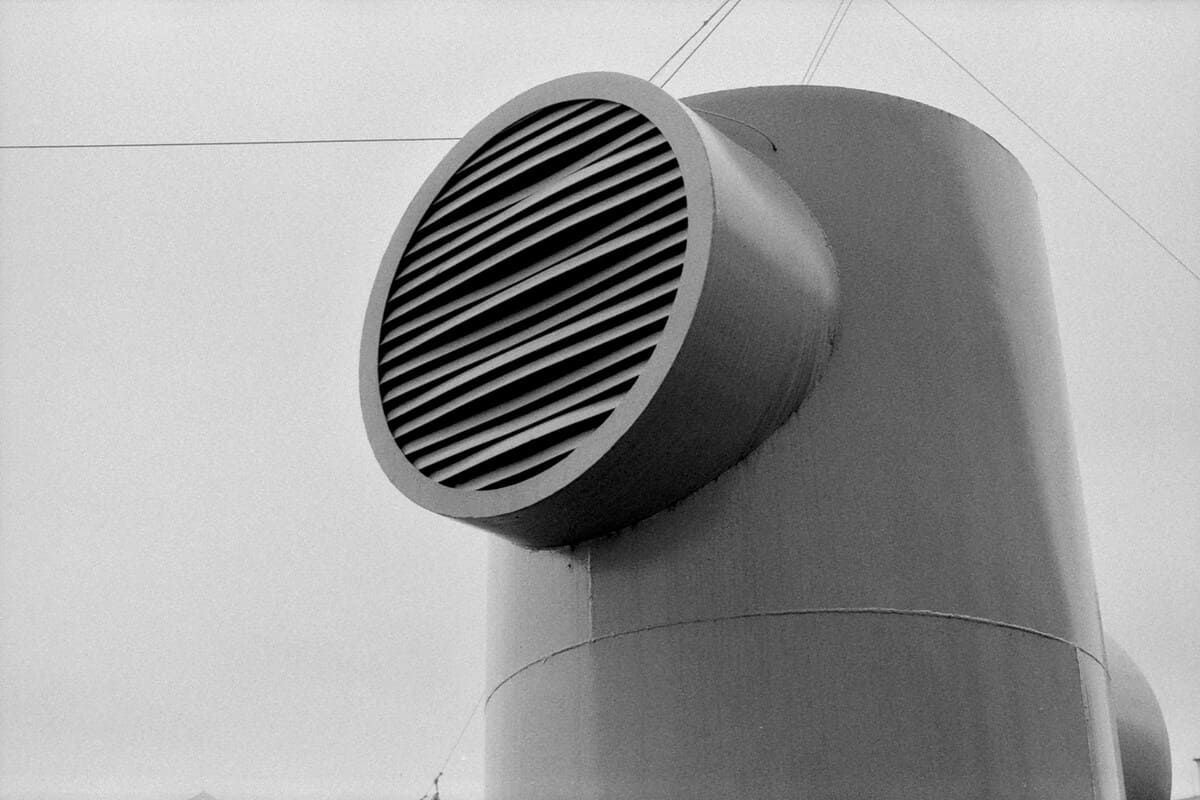 Test for Mold: Wondering how to test for mold in air vents? You can purchase mold testing kits from hardware stores or hire a professional to conduct air quality tests and inspect your system. Testing will confirm the presence of mold and help determine the extent of the problem.
Test for Mold: Wondering how to test for mold in air vents? You can purchase mold testing kits from hardware stores or hire a professional to conduct air quality tests and inspect your system. Testing will confirm the presence of mold and help determine the extent of the problem.- Inspect Your System: You may ask, how to check for mold in AC ducts? Inspect both the ductwork and the AC unit. Pay close attention to areas where moisture can accumulate, such as near cooling coils or drain pans. A thorough inspection will help you understand where the mold is growing and how to address it. Don’t forget to learn how to check HVAC for mold to cover the entire system.
- Clean and Sanitize Air Ducts: Professional cleaning services like clean and sanitize air ducts can safely remove mold from your ductwork and HVAC system. Professionals use specialized equipment and cleaning agents to eliminate mold and prevent it from returning.
- Replace Filters and Clean Components: Part of removing mold includes replacing any dirty or moldy air filters. HVAC furnace cleaning is essential for ensuring the entire system is free of contaminants.
- Hire a Professional for Large Jobs: If the mold problem is widespread, it’s best to call a home pro air duct cleaning or industrial air duct cleaning service. Professionals can ensure the problem is fully resolved and help you avoid mold-related health risks.
Conclusions
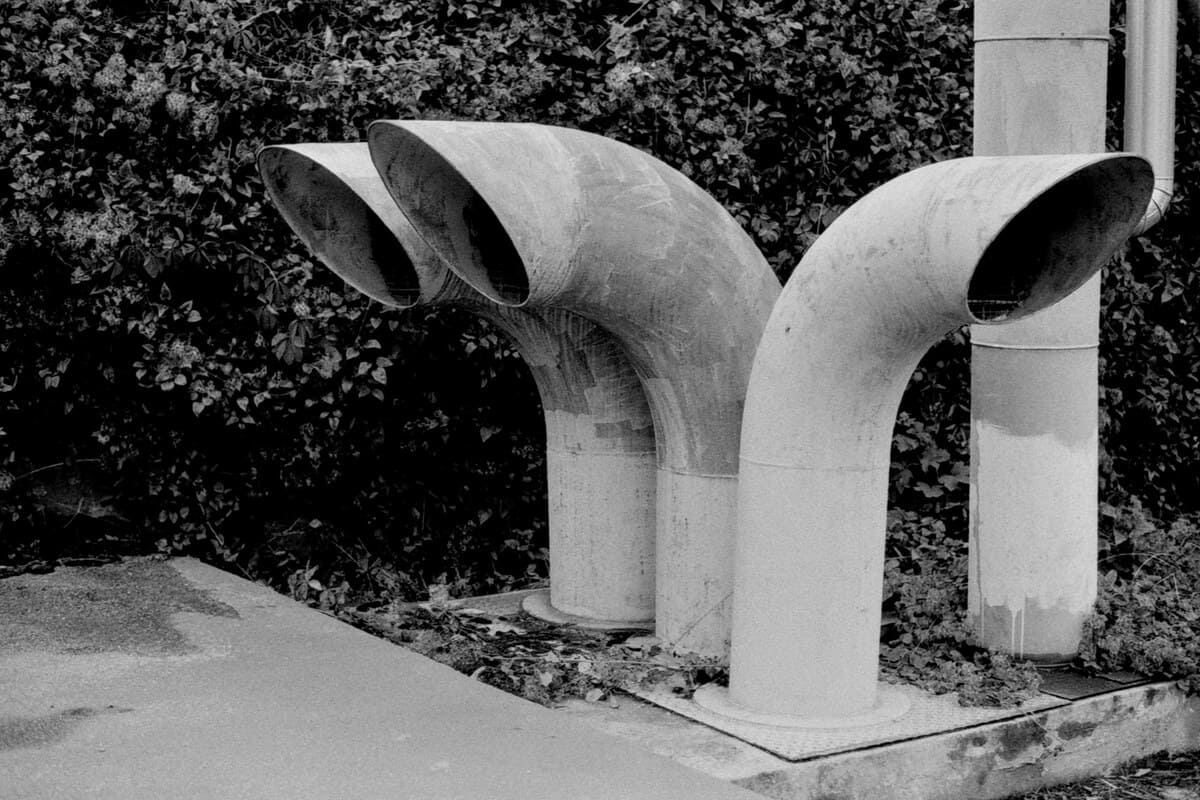 Mold in your air ducts can cause significant health problems, including allergies and respiratory issues. Mold in AC ducts health problems can range from mild symptoms like sneezing to more serious issues like asthma attacks. If you’re asking yourself how to detect mold in air ducts, start by looking for musty odors, visible growth, and allergy-like symptoms. Regular inspection and cleaning are essential to prevent mold buildup in your HVAC system.
Mold in your air ducts can cause significant health problems, including allergies and respiratory issues. Mold in AC ducts health problems can range from mild symptoms like sneezing to more serious issues like asthma attacks. If you’re asking yourself how to detect mold in air ducts, start by looking for musty odors, visible growth, and allergy-like symptoms. Regular inspection and cleaning are essential to prevent mold buildup in your HVAC system.
If you suspect mold, it’s critical to know how to test for mold in ductwork or how to test for mold in an air conditioner. You can test for mold yourself, but professional services like https://promasterairduct.com/ can guarantee a thorough job, ensuring that your air ducts are clean, sanitized, and mold-free.
By taking these steps, you can ensure the air in your home is safe and healthy, and your HVAC system operates efficiently.
Category:
All PostsFrequently Asked Questions
